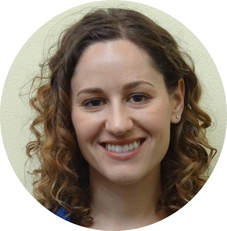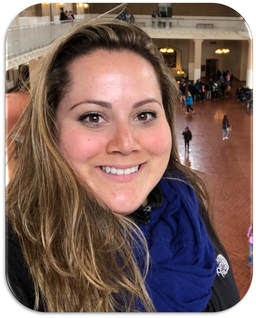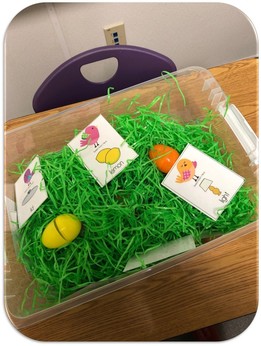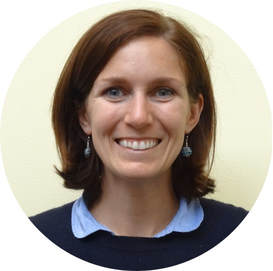
Most recently, I shared a video titled “A Conversation with Latinos on Race” at an All-In! Diversity, Equity, and Inclusion group meeting. Watching this video, and listening to the narratives of each person being interviewed allowed our group the opportunity to share, discuss, and relate to one another over topics of race and identity that are not easy to navigate.
I invite educators, mental health providers, those who are looking for new perspectives, or folks who want to open up a healthy conversation on race, equity, and inclusion to explore.
A Conversation on Race includes videos such as:

Lulu Gonzalez, Program Assistant














 RSS Feed
RSS Feed